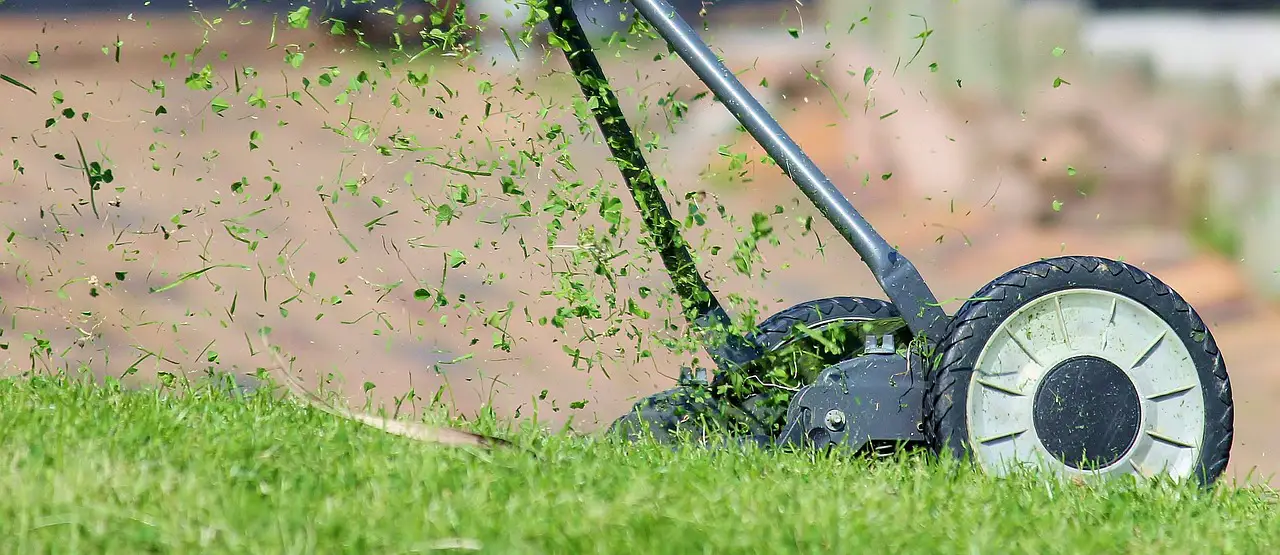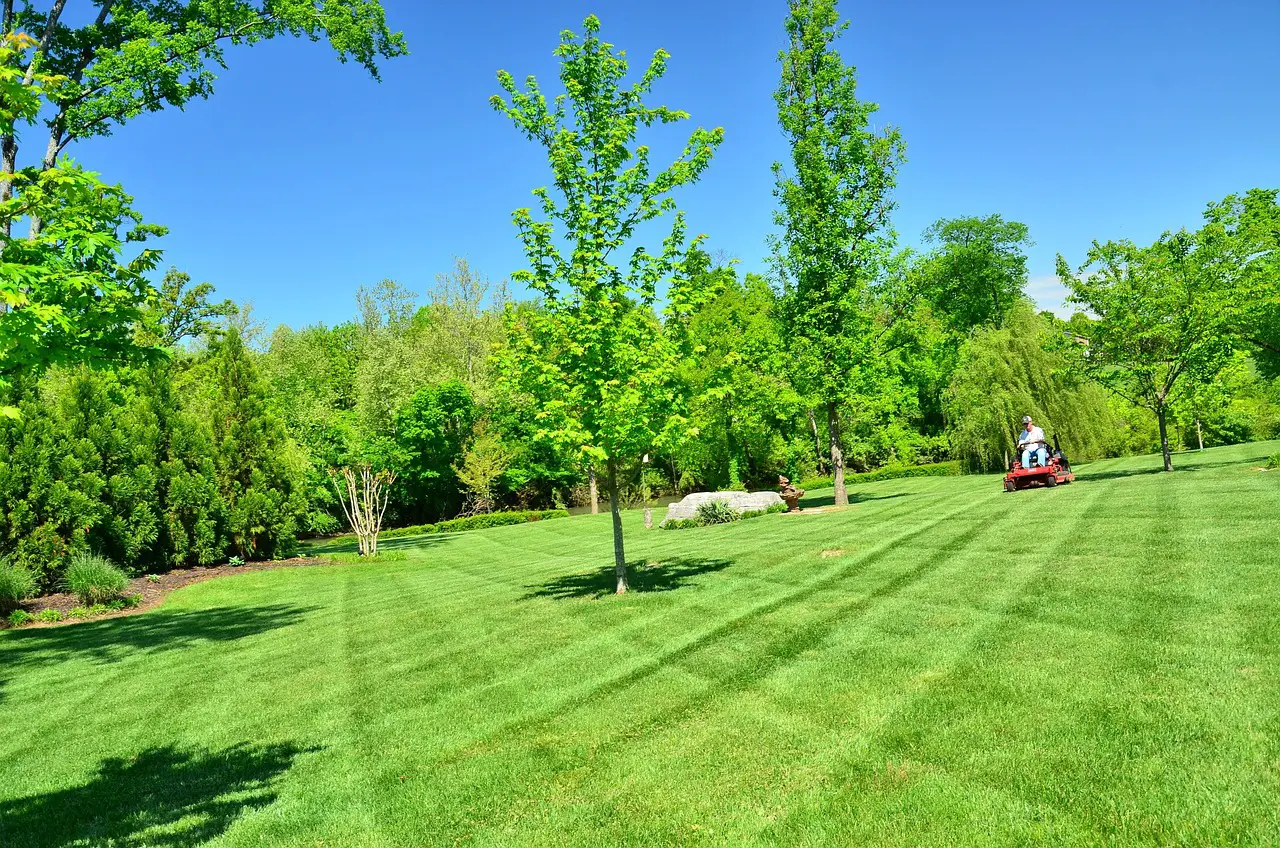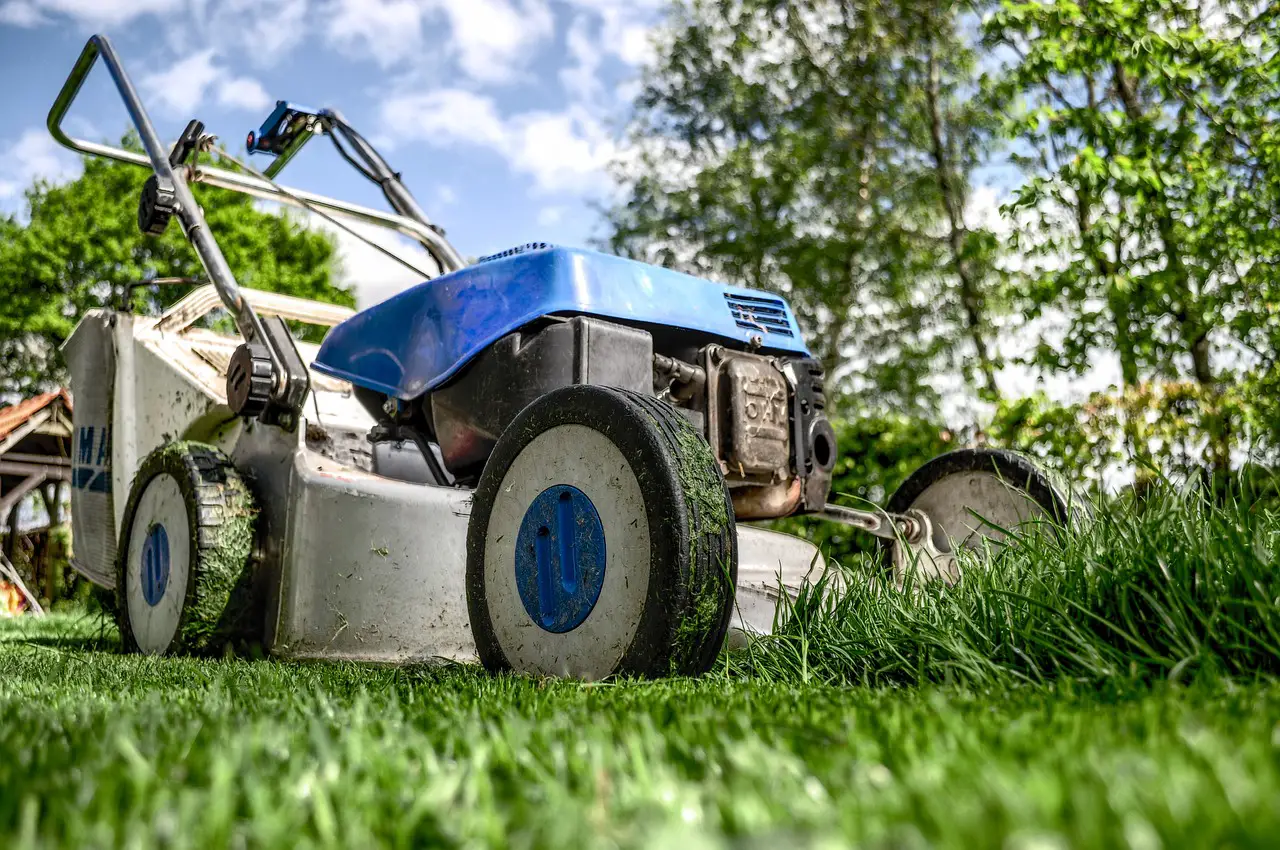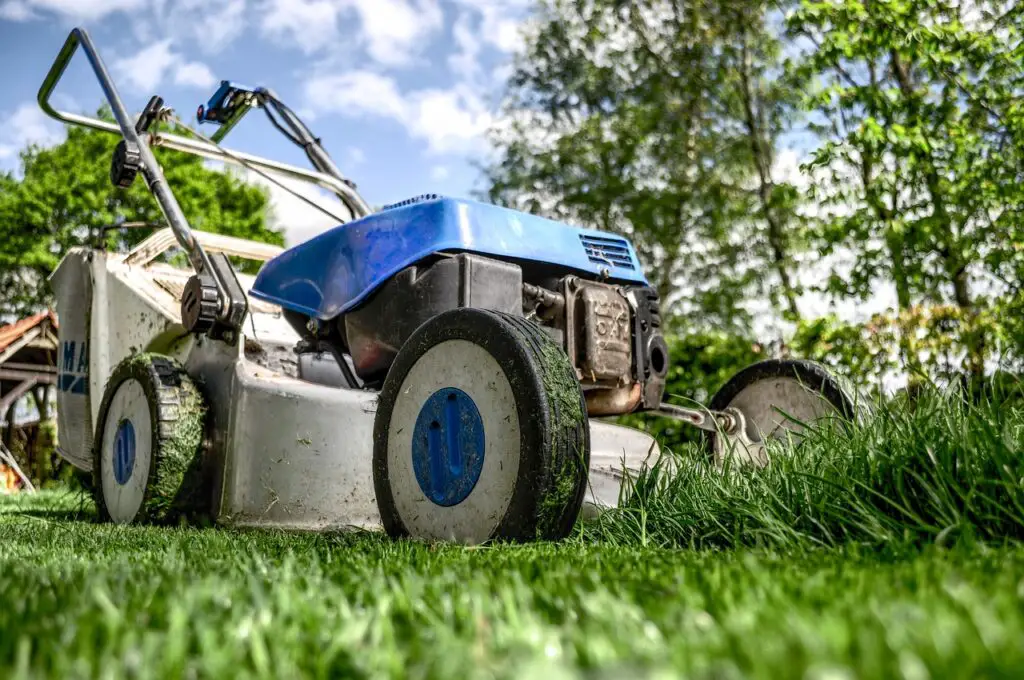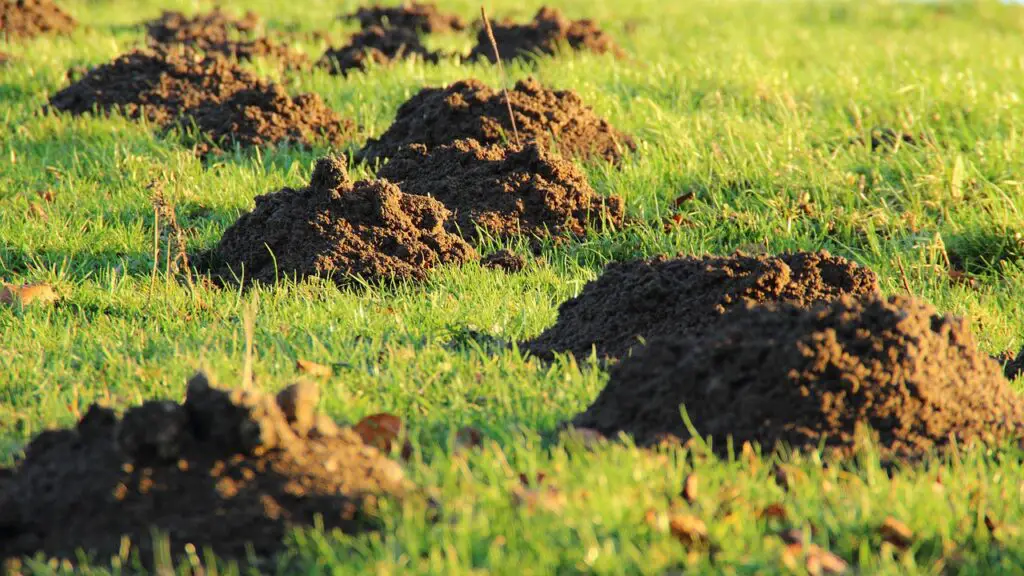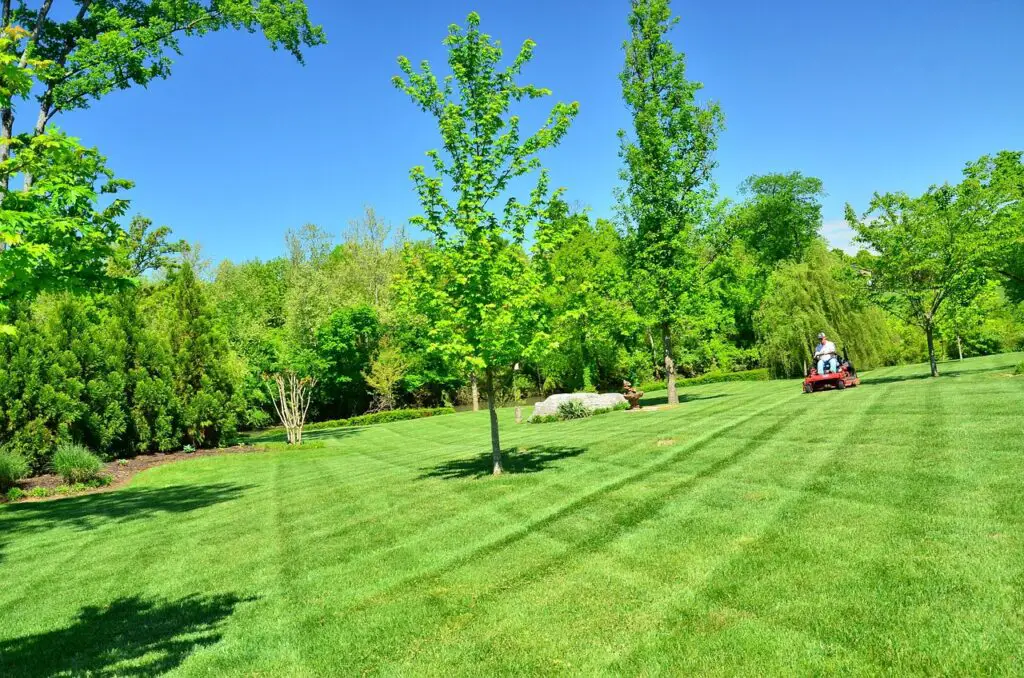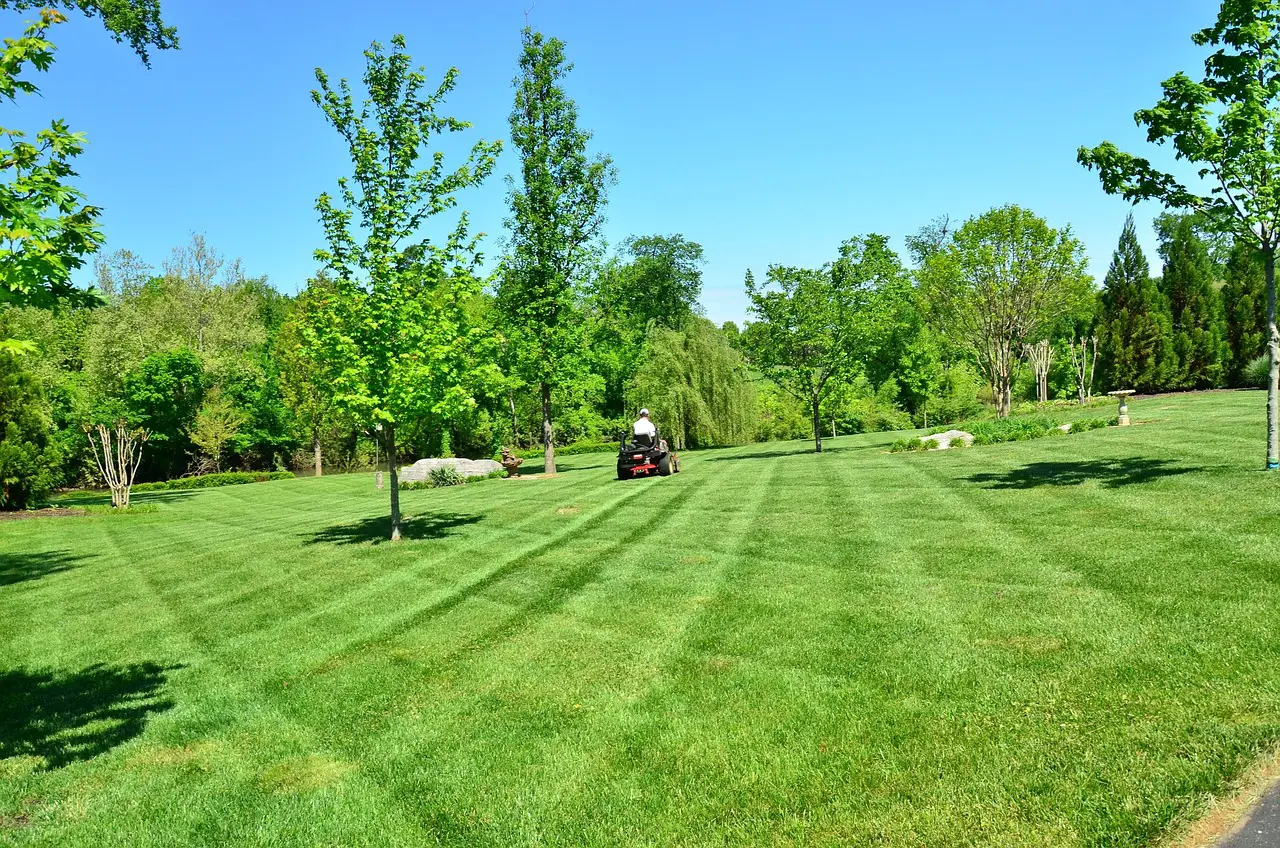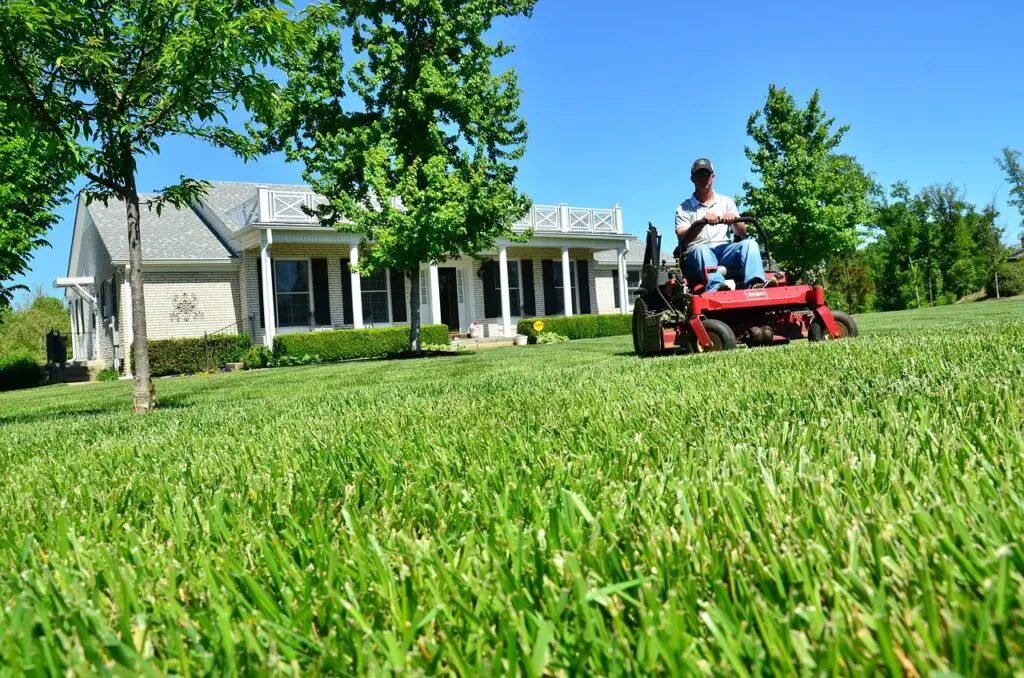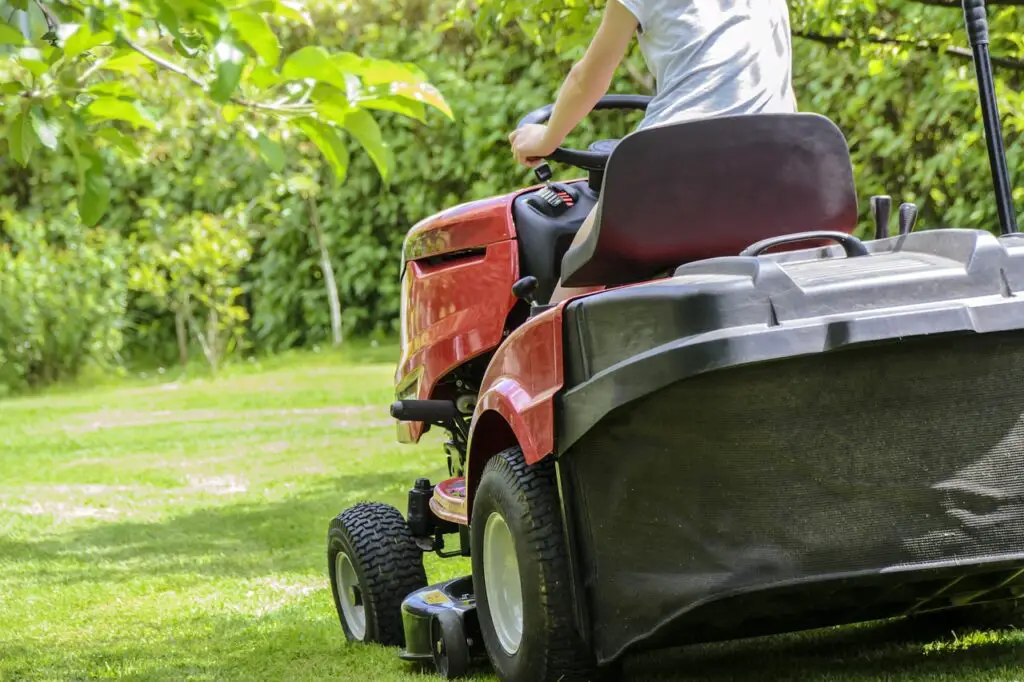When it comes to lawn care, fertilizing is an important part of maintaining a healthy and lush lawn. However, knowing when to fertilize your lawn can be just as important as what type of fertilizer to use. In this article, we’ll explore the best time to fertilize your lawn and some important considerations to keep in mind.

Understanding the Basics of Lawn Fertilization
Before we dive into the best time to fertilize your lawn, it’s important to understand the basics of lawn fertilization. Fertilizer provides essential nutrients to your grass, helping it to grow and thrive. There are three main nutrients that all fertilizers contain: nitrogen, phosphorus, and potassium (also known as NPK). These nutrients are important for different aspects of grass growth and development.
Nitrogen is essential for the development of the green pigment in the grass, which gives it its lush, green appearance. Phosphorus is important for root development, while potassium helps with stress tolerance and disease resistance. Depending on the specific needs of your lawn, you may need to adjust the levels of each nutrient in your fertilizer.
The Best Time to Fertilize Your Lawn
The timing of lawn fertilization is important, as applying fertilizer at the wrong time can harm your lawn. Generally, the best time to fertilize your lawn is in the fall and spring. These are the times when your grass is actively growing and can best utilize the nutrients in the fertilizer.
Fall fertilization is particularly important, as it helps to prepare your lawn for the winter months. As the weather turns colder, your grass will slow down its growth and focus more on root development. By providing a dose of fertilizer in the fall, you can help your grass to develop strong roots that will be better able to withstand the winter months.
Spring fertilization is also important, as it provides the nutrients your grass needs to start growing again after the winter months. By fertilizing in the spring, you can help your lawn to green up quickly and grow strong and healthy throughout the summer months.
It’s important to note that the exact timing of fertilization can vary depending on your climate and the specific needs of your lawn. In general, you should aim to fertilize in the early fall and late spring, but you may need to adjust your timing based on factors like temperature, rainfall, and the specific type of grass you have.
Other Considerations for Lawn Fertilization
In addition to timing, there are a few other important considerations to keep in mind when it comes to fertilizing your lawn. Here are a few key tips to keep in mind:
- Choose the right type of fertilizer: There are many different types of lawn fertilizers available, each with a mix of nutrients. Be sure to choose a fertilizer that is specifically designed for your type of grass and the needs of your lawn.
- Don’t over-fertilize: Applying too much fertilizer can harm your lawn by causing it to grow too quickly or burning the grass. Be sure to follow the instructions on your fertilizer carefully and avoid applying more than is recommended.
- Water your lawn after fertilization: Watering your lawn after fertilization can help to ensure that the nutrients in the fertilizer are properly absorbed by the grass. Be sure to water deeply and evenly to avoid creating dry spots or areas of excess moisture.

Conclusion
Fertilizing your lawn is an important part of lawn care, but knowing when to fertilize is just as important as what type of fertilizer to use. By fertilizing in the fall and spring, you can provide your grass with the essential nutrients it needs to grow and thrive. Be sure to choose the right type of fertilizer, avoid over-fertilizing, and water your lawn after fertilization for the best results.

